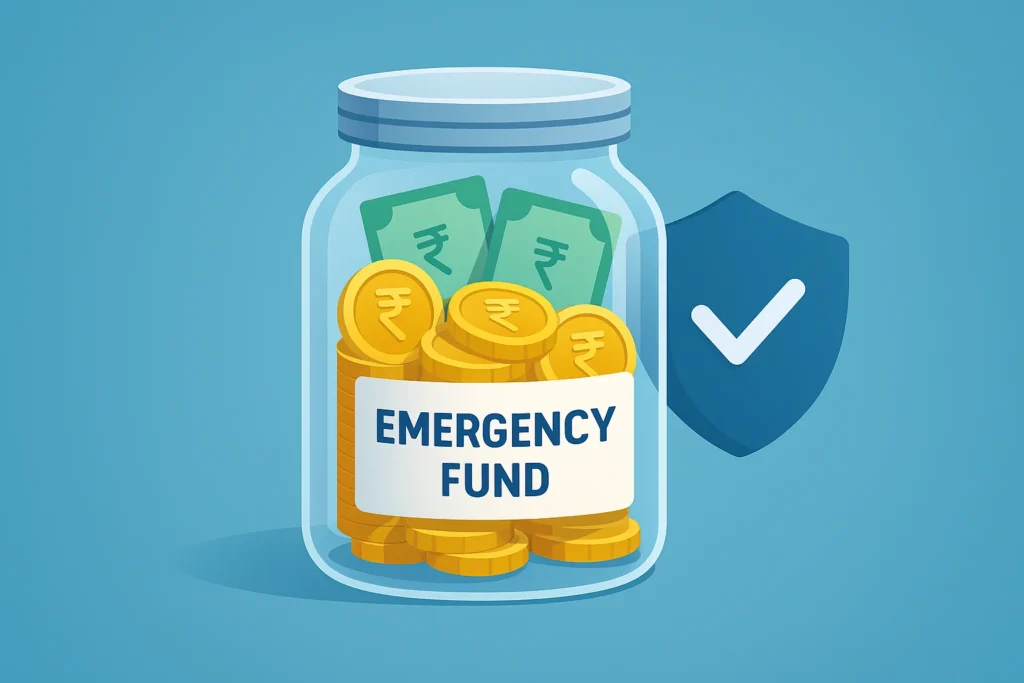
How to Build an Emergency Fund from Scratch (2025 Guide)
A sudden job loss, medical expense, or car repair can hit anytime — and without a backup, it can destroy your finances. That’s why building an emergency fund is no longer optional in 2025 — it’s essential. In this guide, you’ll learn how to build an emergency fund from scratch, even if your income is limited. We’ll cover how much to save, where to keep it, and smart tips to make saving effortless.
💡 Why You Need an Emergency Fund in 2025
With inflation rising and economic uncertainty around the corner, having an emergency fund gives you peace of mind and financial safety. It protects you from high-interest loans or credit card debt when unexpected expenses arise.
- ✅ Covers sudden medical bills or job loss
- ✅ Keeps your long-term goals on track
- ✅ Reduces financial stress
🪙 Step-by-Step: How to Build Your Emergency Fund
Step 1: Calculate Your Monthly Expenses
Add up your essential monthly costs like rent, food, transportation, and utilities. Your target emergency fund should cover at least 3–6 months of these expenses.
Step 2: Set a Realistic Savings Goal
Start small — even ₹1000 a month is progress. The key is consistency, not perfection. Break down your target into achievable milestones.
Step 3: Choose the Right Account
Use a separate high-interest savings account (check our Best High-Interest Savings Accounts in India (2025)) so you’re not tempted to spend the money.
Step 4: Automate Your Savings
Set up an auto-transfer from your salary account every month. This builds your fund passively and removes the temptation to skip saving. (Learn how in our Automate Your Savings Guide.)
📊 Smart Tips to Stay Consistent
- Track your expenses using Expense Tracker Apps.
- Review your savings every 3 months and adjust if needed.
- Reward yourself when you hit milestones — it builds momentum.
✅ How Long Does It Take to Build One?
For most people, building a full 6-month emergency fund takes 1–2 years of steady saving. The goal is not speed but stability — every rupee saved builds your safety net.
🎯 Conclusion
Your emergency fund is your first line of defense against life’s financial surprises. Start small, stay disciplined, and use tools that make saving automatic. Once you have it, you’ll sleep better knowing you’re financially secure.
🚀 Next Step: Learn How to Create a Monthly Budget Plan That Actually Works



